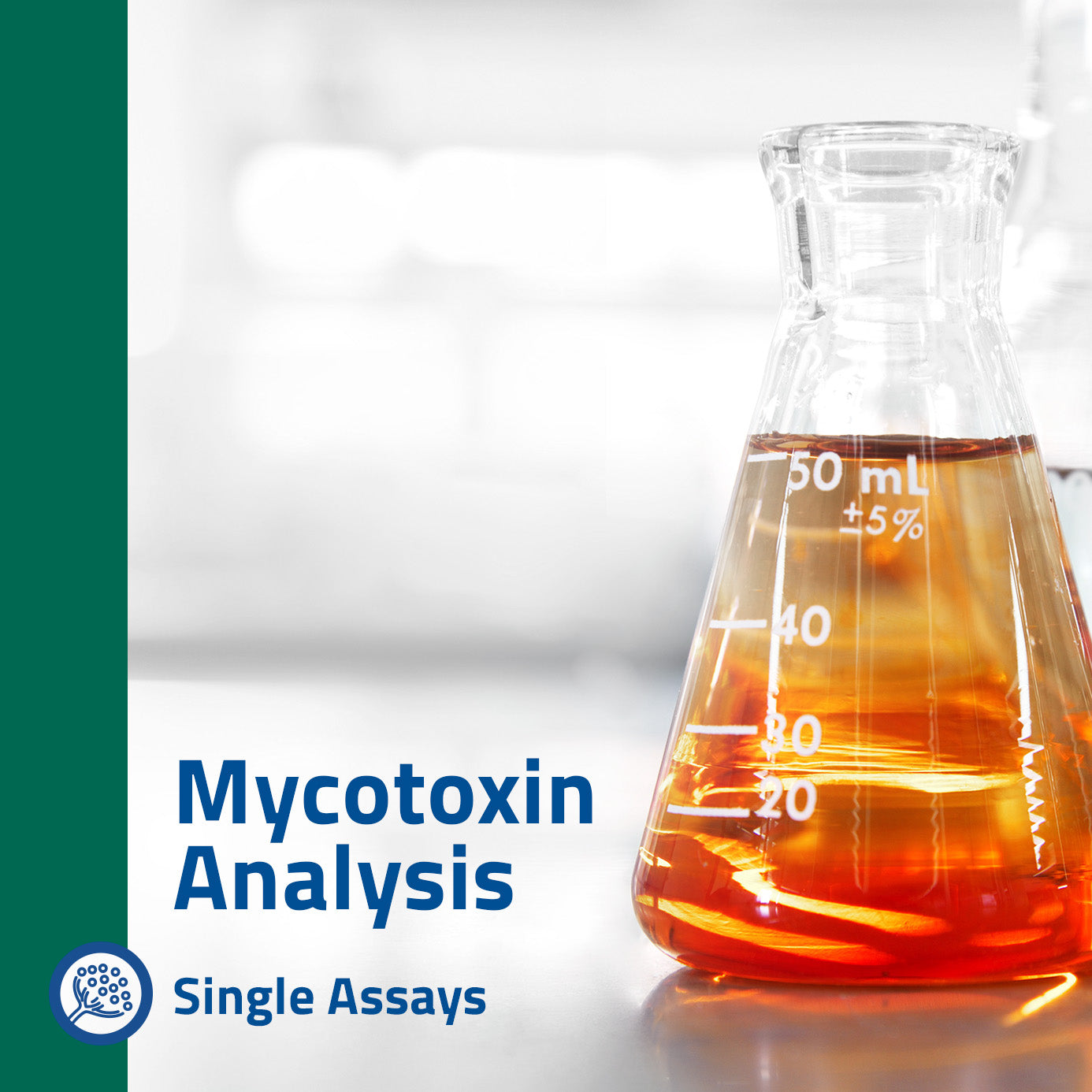Exactly How Mycotoxin Testing Helps Avoid Contamination and Guard Food Supplies

Mycotoxin testing is a crucial technique in the food market, offering as a frontline defense versus contamination by dangerous toxic substances created by molds. With the application of advanced techniques like High-Performance Liquid Chromatography (HPLC) and Liquid Chromatography-Mass Spectrometry (LC-MS), food producers can accurately identify and quantify mycotoxin degrees in farming products.
Recognizing Mycotoxins
Understanding mycotoxins begins with acknowledging that they are toxic additional metabolites produced by particular mold and mildews, which can pollute agricultural products. These metabolites are not crucial for the development or reproduction of the fungi however can have severe ramifications for animal and human wellness. Mycotoxins are typically found in staple plants such as corn, wheat, barley, and nuts, where they can multiply under details problems of dampness and temperature.
There are numerous types of mycotoxins, each generated by different fungal varieties. Fusarium varieties produce fumonisins and trichothecenes, both of which are connected with numerous intense and chronic health problems.

Dangers of Mycotoxin Contamination
The threats of mycotoxin contamination are multifaceted, positioning considerable hazards to both food safety and public health and wellness. Mycotoxins, poisonous compounds generated by certain types of fungi, can contaminate a vast variety of agricultural products including cereals, nuts, seasonings, dried out fruits, and coffee.
Financial impacts are one more major concern. Infected plants can cause significant financial losses for farmers and food producers due to lowered yields and the demand for expensive decontamination measures. International trade can be significantly hindered as countries implement strict mycotoxin guidelines to protect their populations, leading to denied shipments and stretched profession connections.
Environmental elements such as climate modification aggravate the danger of mycotoxin contamination. Variants in temperature level and humidity can create desirable problems for fungal growth, increasing the chance of contamination occasions. Therefore, understanding and alleviating these risks are essential for making sure the security and integrity of international food products.
Methods of Mycotoxin Checking
Precisely recognizing mycotoxin contamination in farming products is vital for protecting public health and preserving food safety criteria. Different techniques are employed to spot and evaluate mycotoxins, each offering details benefits and constraints.
High-Performance Liquid Chromatography (HPLC) is a widely utilized method due to its high level of sensitivity and accuracy. It includes dividing mycotoxins from various other compounds in an example, making it possible for exact quantification. Liquid Chromatography-Mass Spectrometry (LC-MS) integrates liquid chromatography with mass spectrometry to offer thorough molecular details, making it especially useful for determining numerous mycotoxins simultaneously.

Gas Chromatography-Mass Spectrometry (GC-MS) and Thin-Layer Chromatography (TLC) are additionally utilized, each with one-of-a-kind applications. GC-MS is reliable for unstable mycotoxins, while tender loving care uses a less complex, cost-effective option for initial testing.
Benefits of Routine Testing
Regular testing for mycotoxins in farming items supplies countless benefits, dramatically adding to public health and wellness and food safety. By determining contamination early, normal testing assists stop the circulation of poisonous click for more foods, thereby lowering the risk of mycotoxin-related ailments amongst consumers. This proactive approach not only safeguards human wellness yet likewise improves the total quality of food supplies.
Various nations and regions have actually developed strict restrictions for mycotoxin levels in food and feed. Adhering to these limits through regular testing ensures that producers and suppliers fulfill legal requirements, consequently avoiding fines and trade obstacles.
Additionally, routine mycotoxin screening can lead to significant financial advantages. Early detection of contamination enables for timely treatment, reducing potential losses from prevalent contamination. Carrying out regular screening methods can additionally lessen recall prices and related liabilities, which can be monetarily devastating.
In addition, normal testing provides valuable data that can educate better agricultural techniques and storage space problems. By understanding patterns of contamination, manufacturers can embrace preventative actions, thereby reducing future dangers and contributing to the sustainability of the food supply chain.
Implementing Examining Protocols
Implementing effective mycotoxin her latest blog screening methods is crucial for guaranteeing the safety and quality of farming products. Each stage should be looked at to pinpoint where mycotoxin contamination is most likely to occur.
As soon as vital control factors are determined, choosing suitable screening techniques is crucial. Usual methods include enzyme-linked immunosorbent assay (ELISA), high-performance fluid chromatography (HPLC), and mass spectrometry (MS) Each method has its staminas and weak points; hence, picking the right one relies on the certain mycotoxin being tested, the required level of sensitivity, and available sources.

Finally, incorporating the screening protocols into a comprehensive food security administration system is advisable. This improves traceability and allows swift corrective actions when contamination is detected, thereby safeguarding the honesty of the food supply chain.
Final Thought
Mycotoxin screening is necessary in stopping contamination and safeguarding food supplies by making it possible for look here very early discovery of unsafe contaminants produced by molds in agricultural items. Regular screening boosts brand online reputation, monetary stability, and trust fund in food safety by reducing contamination-related losses and preserving high criteria in food production.
Mycotoxin testing is an important technique in the food sector, serving as a frontline defense versus contamination by harmful toxins produced by mold and mildews. An incorporated technique entailing farming techniques, storage administration, and routine screening can mitigate the dangers associated with mycotoxin contamination, making certain food safety and public wellness.
The risks of mycotoxin contamination are complex, posing significant hazards to both food safety and public wellness.Regular testing for mycotoxins in farming items uses many advantages, considerably adding to public health and food safety.Mycotoxin screening is essential in preventing contamination and securing food products by allowing early detection of unsafe contaminants generated by mold and mildews in agricultural items.